African economies looking for a sustainable industrialisation model find themselves at a crossroads with little time to decide the way forward.
Lack of industrialisation is often pinpointed as the key factor behind Africa’s underdevelopment. Among those supporting the idea are Mike Morris and Judith Fessehaie, who wrote in their 2014 paper, The Industrialisation Challenge for Africa: “Only a massive industrialisation effort will enable Africa to eradicate poverty and achieve sustainable development.” According to United Nations (UN) statistics from 2019, Africa is home to more than 1.2 billion people or 16% of the world’s population, 85% of whom “are still poor if judged by the standards of upper-middle income countries”.
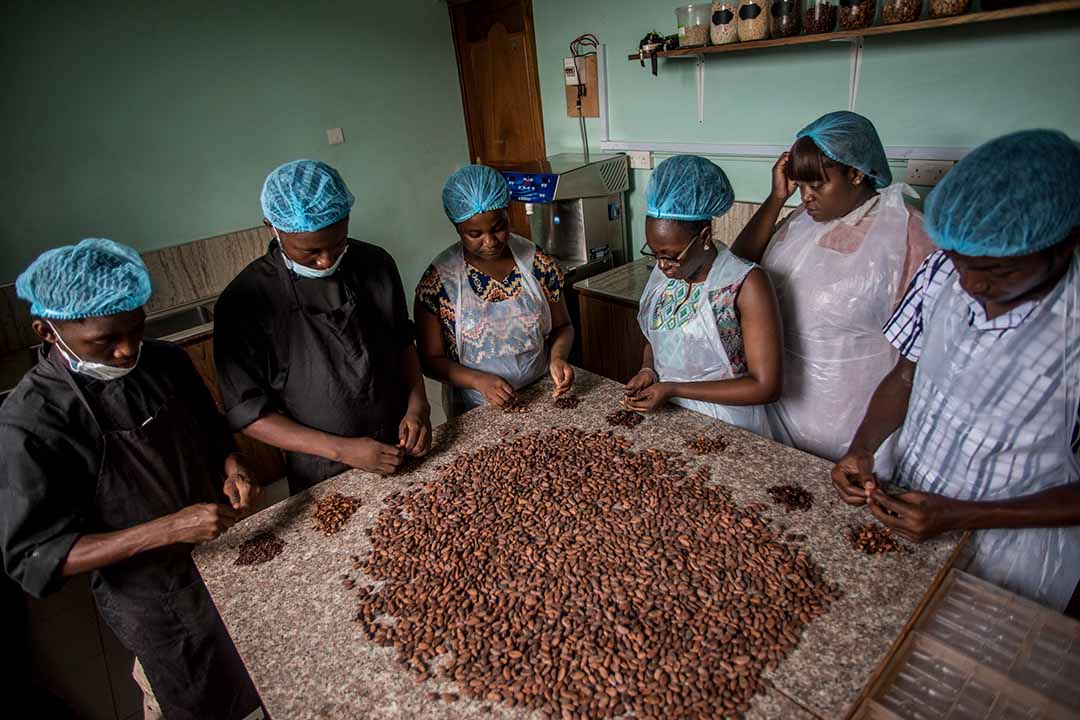
Ruth Amoah (right) and her workers at small chocolate producer Moments Chocolate’s workplace remove husks from roasted cocoa beans in Accra, Ghana, 2019 Photo: Cristina Aldehuela / AFP
Yet, the continent accounts for less than 2% of international trade and global manufacturing. Based on the current demographic trend, the UN forecasts that Africa’s population will reach 2.5 billion people by 2050 – a dramatic increment that will put further strain on already scarce jobs and insufficient public services and natural resources. Due to low levels of industrialisation, Africa produces the least CO2 emissions by far. UN statistics for 2016 show that Africa emits just 4% of the amount of CO2 going into the atmosphere. According to an early 2020 Oxfam study: “The average Brit will emit more carbon in the first two weeks than the citizens of seven African nations (Rwanda, Malawi, Ethiopia, Uganda, Madagascar, Guinea and Burkina Faso) emit in an entire year.”
Nonetheless, Africa pays the toll for pollution as much as any other part of the world, and available data suggest that the continent is affected by climate change more immediately than other regions. “For sub-Saharan Africa, which has experienced more frequent and more intense climate extremes over the past decades, the ramifications of the world’s warming by more than 1.5°C would be profound,” said the UN spokesperson for sustainability issues, Dan Shepard, when summing up the conclusions of the 2019 Intergovernmental Panel on Climate Change.
“Temperature increases in the region are projected to be higher than the global mean temperature increase,” wrote Shepard on the panel’s conclusions, which predicted a decrease in precipitation in Africa of up to 20% if the projected warming is not corrected. As the developed world pushes forward to move away from a model of industrial production based on burning fossil fuels that is proving unsustainable, African economies find themselves at a crossroads with little time to decide the way forward. Stepping up efforts to boost production through energy sources that are being dropped elsewhere does not seem like a viable option for Africa.
On the one hand, it would be met with reticence from donors and partners much aware of the urgency of greening the economy. Besides, its success would come at a price for a continent whose rich natural environments remain largely unscathed compared to other parts of the world. In these circumstances, both governments and international institutions are, at least from a declarative point of view, decisively opting for what has been called “a green path to industrialisation”, what we will call greendustrialisation.
“The big opportunity for Africa in 2016, as a latecomer to industrialisation, is in adopting alternative economic pathways to industrialisation,” a report by the UN Economic Commission for Africa (2016) noted. Titled Greening Africa’ s Industrialization, the document argues that African countries have the potential to “benefit from their current low-carbon position and leapfrog” a future, without a “high dependence on volatile fossil fuels” and avoiding the complex and costly transition processes required in more industrialised economies.
An example of greendustrialisation given by the report is the Hawassa Eco-Industrial Park in Ethiopia, about 275 km south of Addis Ababa. This textile manufacturing plant started operating in 2016 and is the flagship project of the government’s industrial parks programme aimed at creating jobs and boosting exports. The Hawassa park runs on renewable hydroelectric power and employs a Zero Liquid Discharge system (ZLD) that enables it to recycle 90% of the sewerage disposal waters. Its success supports the notion that building green infrastructure from scratch might be easier than greening an existing one.
The Hawassa Park has been built with abundant and diversified foreign investment, especially from Asia. About 25,000, mostly female, Ethiopians currently work at the plant, which is expected to employ 60,000 people when running at its full capacity. Cheap labour and the good conditions offered to investors by the Addis Ababa government have drawn clothing giants such as Guess, H&M and Levi’s to commission some of the garments they sell to manufacturers working from this park. According to 2016 World Bank data, agriculture employs between 65% and 70% of Africa’s workforce and supports the livelihoods of 90% of the continent’s population.
Thus, the success of industrialising African economies lies to a great extent in the transformation of the sector. Ivory Coast is the world’s top cocoa producer, but most of the volume extracted is processed (in the form of liquor, butter, cake or powder) abroad. The government has repeatedly vowed to spur its cocoa processing capacities in the coming years. At the same time, Ivory Coast aspires to boost the manufacturing in the country of cashews, cotton, rubber and coffee, whose production is mostly exported in raw form. Singapore-based agribusiness giant Olam International is one of the companies already processing cocoa and other commodities in Ivory Coast.
Its factories employ 5,000 people and are mentioned as an example of good environmental practices by the UN Economic Commission for Africa. A major challenge for both cocoa supply and manufacturing in Africa and overseas is the deforestation provoked by logging aimed at making space for planting more cocoa trees to farm. In 2017 the governments of Ivory Coast and Ghana launched, together with 35 global cocoa and chocolate companies, the Cocoa & Forests Initiative. Its main provision is “a commitment to no further conversion of any forest land for cocoa production”. One of the intended measures is investing “in sustainable agricultural intensification in order to grow more cocoa on less land”.
Between 1988 and 2007, the website of the initiative says, 2.3 million hectares of rainforest was cleared for cocoa farms in Ivory Coast and Ghana. In a 2015 speech before the UN Industrial Development Organization (UNIDO), the then Ethiopian prime minister, Hailemariam Desalegn, mentioned the development of manufacturing and the transformation of the agricultural sectors as two pivotal points to drive Africa’s industrialisation. Desalegn, who has been commended for championing the greendustrialisation agenda pioneered by his predecessor, Meles Zenawi, also alluded to the procurement of energy as “one of the binding constraints for industrialisation”.
He unequivocally propounded the development of “renewable energy”, which he considered to be “our comparative advantage in Africa”, as the only desirable way forward. In an example of integrated greendustrialisation, Ivory Coast is planning to build a 60 to 70 MW capacity biomass power- generation plant running on waste from cocoa pods. The project is supported by the US and will be up and running in 2023 if the process goes as planned. Ivory Coast aims to develop 424 MW of biomass power generation capacity by 2030, in an effort to increase and diversify its electricity generation sources as power demand has grown due to economic growth.
In December 2019 the Ivorian government and a French consortium led by Electricite de France (EDF) signed a concession contract for the construction of a biomass power plant of an installed capacity of 46 MW. It should be ready by 2023, when it will start generating electricity from oil palm waste. While countries like Malawi, South Africa and Rwanda have made remarkable progress in developing biofuels, wind and solar energy, Kenya is the leading actor in Africa when it comes to energy transition. Between 2010 and 2018 Kenya’s economy expanded at an annual average rate of 5.8%, according to World Bank data.
Between 2010 and 2019, Kenya’s peak demand for electricity almost doubled (from just over 1,000 MW in 2010 to exceed 1,900 last year), official data from the Nairobi government shows. Back in 2008, the Kenyan government launched its Kenya Vision 2030, a plan aimed at industrialising the economy to bring prosperity to citizens within a “clean and secure environment”. To sustain the projected economic expansion, the plan provided for an increase in the country’s power capacity based on the development of renewable energies, particularly hydroelectricity and geothermal energy. In December 2019 Kenya put a new 50 MW solar plant online.
It increased the share of renewable energy in its power mix to a remarkable 93% and took the country closer to the government’s target of being entirely green energy powered by 2020. In a 2019 policy research working paper for the World Bank, Catrina Godinho and Anton Eberhard cite the following facts to explain Kenya’s success. Since 1996, “policy and regulatory functions were separated from commercial activities; generation was unbundled from transmission and distribution; cost-reflective tariffs were introduced; and generation was liberalised.”
In a second phase of the reform that started in 2002 “independent regulation” was strengthened and the national generation company partially privatised to attract foreign investment. As a result of these policies, which continue, Kenya “has … become an investment destination for IPPs” (Independent Power Producers). This has allowed it to triple its generation power capacity since 1990, “with generation capacity expanding more rapidly than peak demand” and having achieved a power surplus (Godinho and Eberhard) – while almost entirely greening the company’s power sourcing.
Kenya ranked fifth in the BloombergNEF’s 2019 Climatescope report, which evaluates the investment conditions in clean energy in 104 emerging countries. “The country is gradually increasing its share of non-large hydro renewables by adding solar, wind and geothermal,” the report read. “In 2018, Kenya recorded its highest ever clean energy investment with $1.4 billion,” it added. However, the eastern African nation’s vigour in exploiting Africa’s privileged natural resources to propel industrialisation remains unparalleled in a region with huge discrepancies from country to country, where economic growth is still propelled by extraction commodities.
Despite its desperate need to intensify generation and the commitment of its politicians to take the green way to industrialisation, Africa lags far behind all the other continents in renewable energy actual generation and capacity growth (IEA 2019). Half of Africa’s booming population still has no access to electricity, and power cuts affect 80% of the companies operating on the continent. “Despite progress in several countries (e.g. Kenya, Ethiopia, Ghana, Senegal, Rwanda), current and planned efforts to provide access to modern energy services barely outpace population growth,” the IEA notes in its 2019 World Energy Outlook. Data for 2019 of the International Renewable Energy Agency (IRENA) show that Africa’s renewable generation capacity of 46 GW accounted for 2% of global share.
About 60% of the total share of electricity generated in sub- Saharan Africa comes from hydropower. Oil comes second with a share of 18%, followed by gas (16%). According to the IEA, Africa’s hopes to face the growing demand, brought about by demographic growth and projected economic development, rely on the development of solar energy, which has the potential to overtake hydropower as the main renewable generation source – coupled with the use of the abundant reserves of natural gas discovered in recent years in the continent.
“The big open question for Africa remains the speed at which solar PV will grow. To date, the continent with the richest solar resources in the world has installed only five gigawatts (GW) of solar PV, less than 1% of the global total,” the IEA concludes.
Marcel Gascón Barberá is a freelance journalist. He lives in Johannesburg and writes for several Spanish and international publications. He has previously worked as a correspondent for EFE Spanish News Agency in Romania, South Africa and Venezuela.

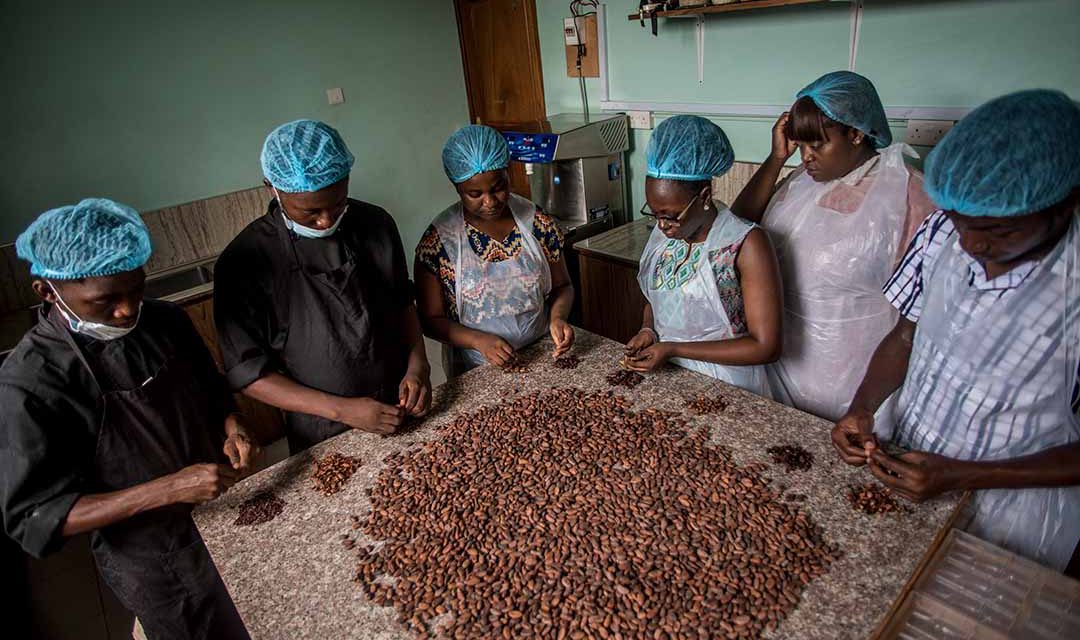

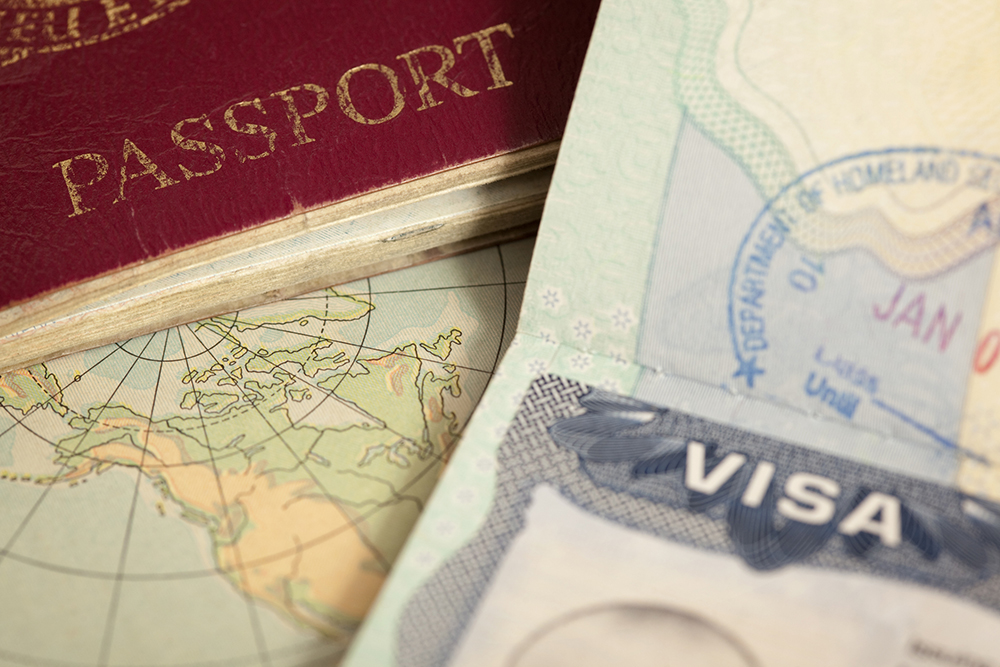
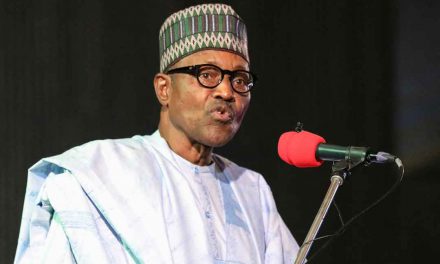
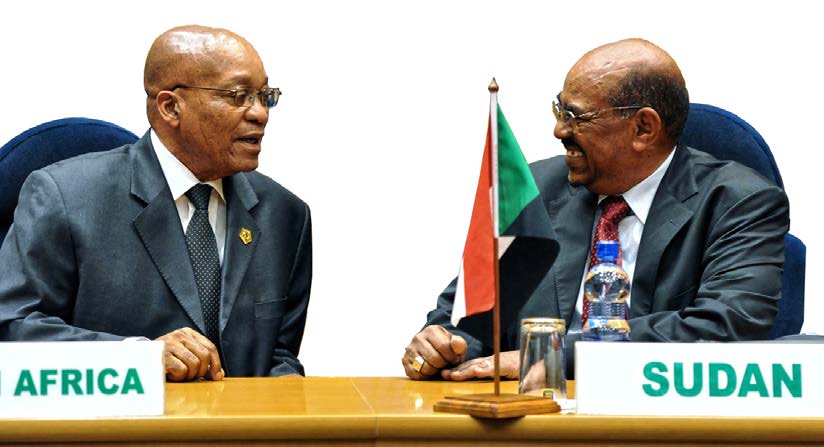








I believe the countries need to consider all of the energy options and not just solar. Wind, run of river hydro, geothermal. There is abundant natural gas in the region that properly developed could act as a transition fuel. Or can it?
Hi Greg,
Many thanks for your response. Kindly keep an eye on our page for more*